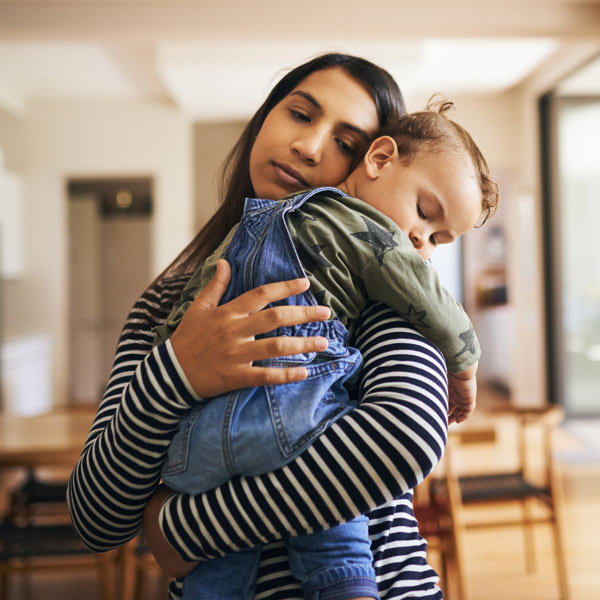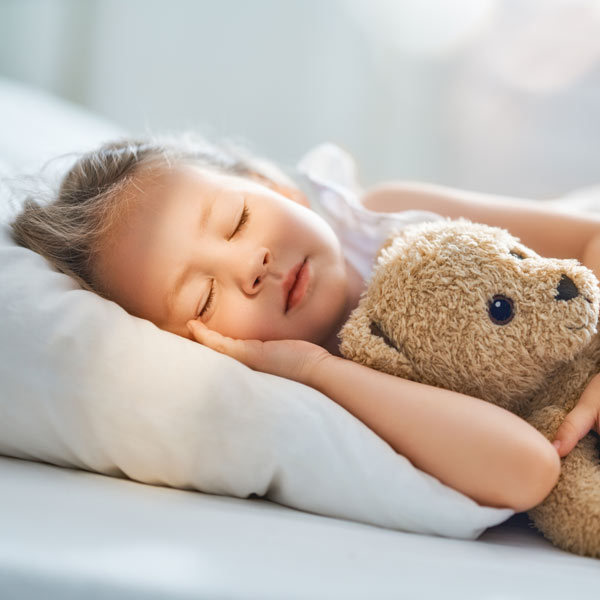Pediatrics
Obstructive Sleep Apnea in Children
Sleep disorders are not limited to adults; symptoms can be present in otherwise healthy children at an early age. Though the symptoms of Pediatric Sleep Apnea may be milder than Adult Obstructive Sleep Apnea, they are serious and have a prominent effect on your child’s development. Many children suffering from a sleep disorder experience: headaches, pain in their fingers, pain in the jaw, and difficulty in breathing. Can you imagine your child having these symptoms all of his/her life and thinking this discomfort is normal?

Signs & Symptoms
Sleep apnea in children can affect their academic performance and can have long-term effects. The signs and symptoms in children include:
- Wetting the bed
- Tossing and turning at night
- Hyperactivity
- Dark circles under the eyes
- Clenching or grinding teeth at night/during the day
- Snoring
- Night terrors
Children with undiagnosed Obstructive Sleep Apnea (OSA) are commonly misdiagnosed as having Attention Deficit Hyperactivity Disorder (ADHD), Attention Deficit Disorder (ADD), and other behavior/learning difficulties, and are prescribed unnecessary medications.

Is Your Child Sleeping Well?
Obstructive Sleep Apnea affects millions of children that most often goes untreated and misdiagnosed. Because the body requires oxygen to fully mature, it is imperative that children can breathe properly, as growth hormones are released during deep sleep. Untreated sleep disorders, such as sleep apnea, may result in severe complications including:
- Delayed development
- Dysfunctions of the nervous system
- Impaired intelligence
- Memory loss & depression
Sleep disorders can also result in behavioral problems that relate to:
- Aggressiveness
- Decreased performance in school/learning problems
- Hyperactivity
- Social isolation & withdrawal
Detection Early on Leads to Easier Treatment & Better Results
Children are still growing, so it is possible to direct skeletal structure to develop in a way that benefits the airway. The optimal time to treat children is from age two to five. It is at these ages that 80% of anterior-posterior growth of the head, neck, and airway takes place. Therefore, beginning treatment before the craniofacial anatomy is done as it allows us to direct the structural growth and prevent sleep apnea and TMD.
Dr. DiGioia works with each patient to create a personalized treatment plan. The course of treatment in children often includes custom oral appliances to aid in jaw development, open the airway, and correctly position the teeth and skeletal symmetry.
